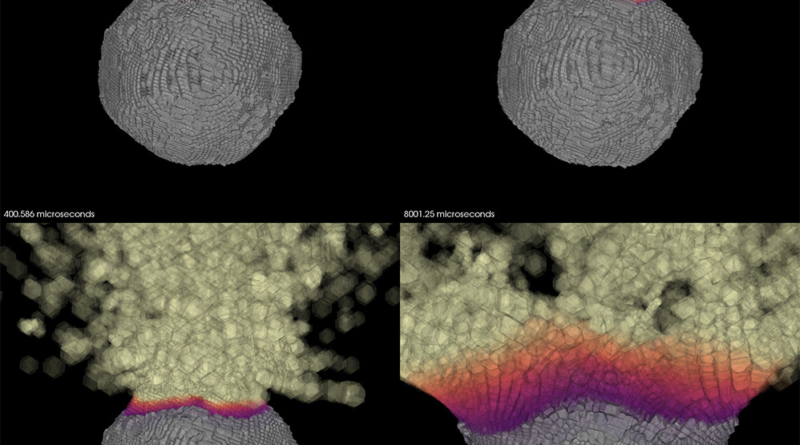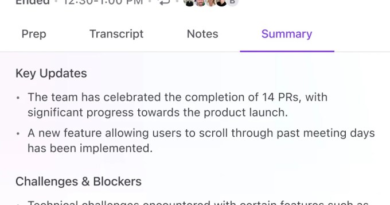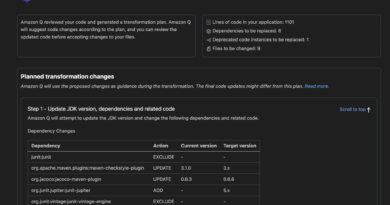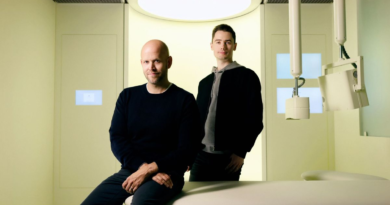Lawrence Livermore National Lab simulates ‘Armageddon’-style nuclear asteroid deflection
As if last year’s fabulous Dual Asteroid Redirection Test firing a satellite bullet into an asteroid wasn’t enough, now researchers are doing detailed simulation of the nuclear deflection scenario envisioned in 1998 space disaster film “Armageddon.”
At Lawrence Livermore National Lab, a team led by Mary Burkey (above) presented a paper that moves the ball forward on what is in reality a fairly active area of research. As they point out, using a satellite as a missile isn’t always practical, and in fact detonating a nuclear explosive device as close as possible to the incoming object is potentially our best move.
The problem is that a nuclear deflection would need to be done in a very precise way or else it could lead (as it did in “Armageddon”) to chunks of the asteroid hitting Earth anyway. This could result in the widespread devastation scenario envisioned in the 1998 space disaster film “Deep Impact.”
As Burkey et al explain in their paper published in the Planetary Science Journal:
Even when an asteroid’s complex structure and inhomogeneous material properties are set aside and the object is approximated as a uniform sphere, the sheer breadth of the required physics presents difficulties.
Fully simulating the energy deposition requires particle transport within a full radiation-hydrodynamics code equipped with detailed material models and is very computationally expensive, since the time steps must be small to model the interaction of the radiation with the asteroid. It can take weeks to run a simulation even on 200–300 CPUs.
No single code can encompass all 10 orders of magnitude while correctly accounting for all of the different physics packages, so dividing the problem into stages and handing off the progression to codes that cover the relevant physics of the next stage is desirable.
And as most of the energy produced by a nuclear explosion is X-rays (which today I learned), simulating how they propagate and initially interact with an asteroid’s surface is a critical step. This paper provides a more complete and inclusive simulation of such an effort, “utilizing a full rad-hydro simulation equipped with evolving opacities, which also enabled it to be the first comprehensive effort to explore the high-fluence regime where a disruption-style mitigation mission would operate.”
In other words, it’s among the first to really look at what would actually happen, microsecond by microsecond, if we nuked an asteroid. And since that’s what you came here for, it looks like this:

Image Credits: Burkey et al
That all takes place over a single second, as you can see from the time notation (1e+06 microseconds is a million of them, making up one full second).
The paper doesn’t go beyond its tentative findings, which are essentially that this simulation method is accurate enough that we can rely on it for a more large-scale study of asteroid-nuking:
This energy deposition model’s completion opens up a vast array of potential studies that can be completed using large-scale hydrodynamic codes… Properties such as the distribution of material/density, rotation, irregular shapes, shadows cast by boulders, the marginal pull of gravity, and even the composition on a larger scale all require more detailed studies of their effect on a mission’s outcome. In particular, understanding whether or not an attempted deflection mission will break apart an asteroid has been a long-standing question in the planetary defense community.
Every detailed, high-fidelity simulation and every broad sensitivity sweep brings the field closer to understanding how effective nuclear mitigation would be.
The team also calls for faster-running simulations (this one took ages) that could be performed specific to a given threat, minimizing the response time. As machine learning has proved useful in contexts like that, perhaps AI can be used to save humanity rather than destroy it, for once.




